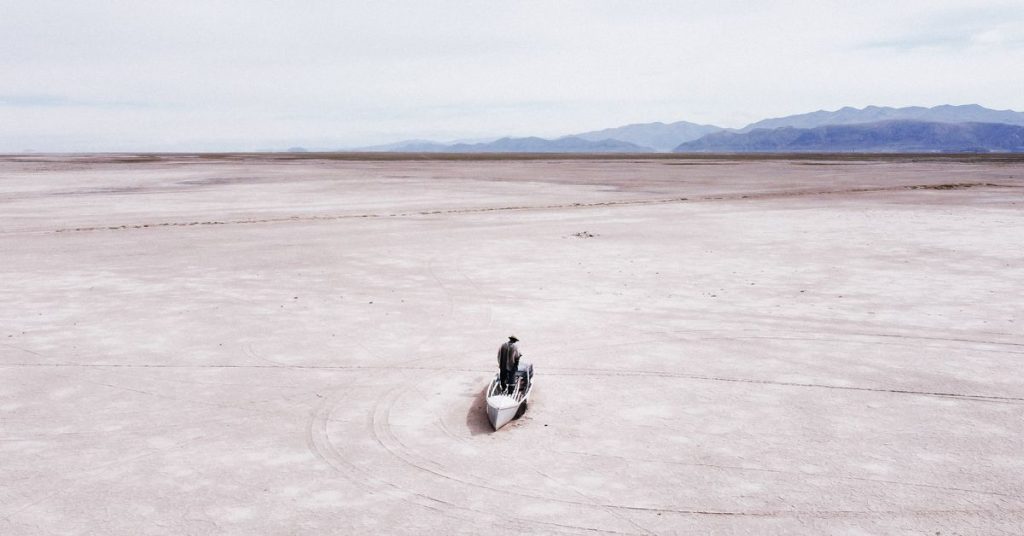The Perils of Environmental Journalism: A Global Crisis
In recent years, environmental journalists across the globe have faced an alarming surge in attacks, as reported by a UNESCO survey. The remote and isolated nature of their work, often in far-flung locations while investigating sensitive issues such as illegal logging or waste dumping, leaves them vulnerable and exposed to potential harm.
The Impact of Budget Cuts on Environmental Reporting
The media industry has been grappling with budget constraints, leading to the downsizing of science desks in many newsrooms. This has forced many environmental reporters to work as freelancers, further exacerbating their isolation and vulnerability. The UNESCO report highlights the precarious state of environmental journalism, with small and underfunded news outlets and independent reporters bearing the brunt of the risks associated with their work.
The Risks of Holding the Powerful Accountable
Environmental journalists often find themselves in the crosshairs of those they seek to expose. Holding companies, governments, or criminal organizations accountable for their misdeeds can make for a compelling story, but it also puts the reporter at risk of retaliation from those who wish to suppress the truth.
The Role of State Actors in Attacks on Journalists
Disturbingly, state actors are responsible for nearly half of the reported attacks against environmental journalists. This trend is in line with the growing number of politicians and pundits who seek to undermine public trust in the media, as well as the rise of authoritarian regimes that view the free press as a threat to their power.
The Plight of Journalists in Central America
Costa Rica, once a haven for journalists in Central America, has seen an influx of reporters from neighboring countries like Nicaragua and Guatemala, who have been forced to flee their homes due to fear of government reprisals. The election of right-wing President Rodrigo Chaves Robles in 2022, known for his hostile stance towards the press, has further complicated the situation for journalists in the region.
The Deadly Cost of Defending the Environment
Environmental journalists are not alone in their struggles to protect the planet and its inhabitants. In 2022, at least 177 land and environmental defenders were killed, amounting to one person every other day, according to the group Global Witness. These brave individuals paid the ultimate price for their commitment to safeguarding the environment.
Finding Solace in Solidarity
Despite the challenges and dangers they face, environmental journalists find strength in the camaraderie they share with their colleagues who are documenting the beauty of our planet and the impact of human activity on it. UNESCO has highlighted the work of several environmental photojournalists, including Manuel Seoane, whose powerful image of a lone person standing on a small boat stranded on a dry, cracked lake bed in Bolivia serves as a poignant reminder of the devastating effects of climate change.
Us, the Urus, were called “the people of the water”. All our life we have been inside the lakes, all we ever used and consumed came from there. The lake was our only possession. Since the lake has dried out we have also changed, we have gone sick, even our skin seems to be different. Like the birds when they change their feathers, we also do.
In the face of misinformation and disinformation, it is more important than ever for environmental journalists to persevere in telling these critical stories, no matter the risks they may face.

3 Comments
Isn’t it ironic how those ruining Earth are the same ones trying to mute environmental journalists?
Who’s afraid of a little truth-telling? Apparently, those harming the planet are!
Can you believe they’re trying to bury the truth under a pile of profits?